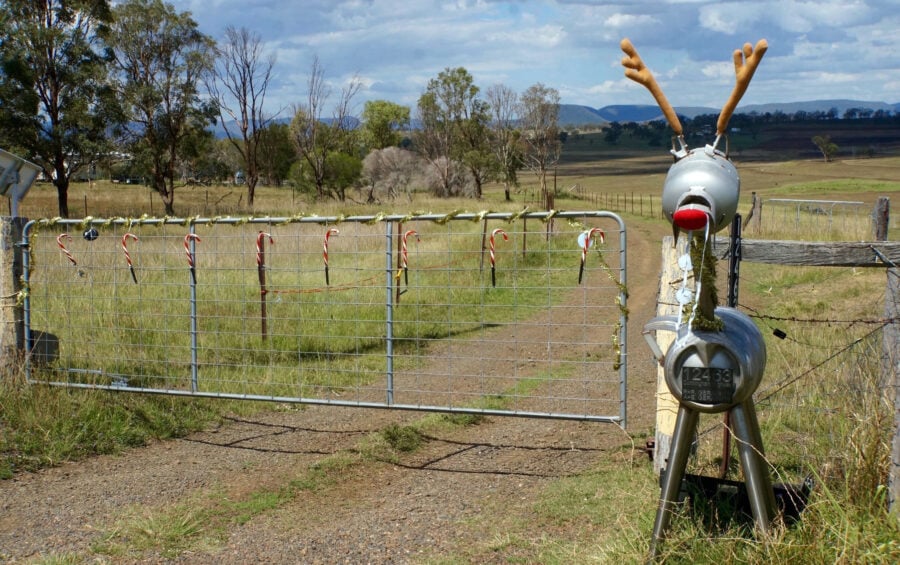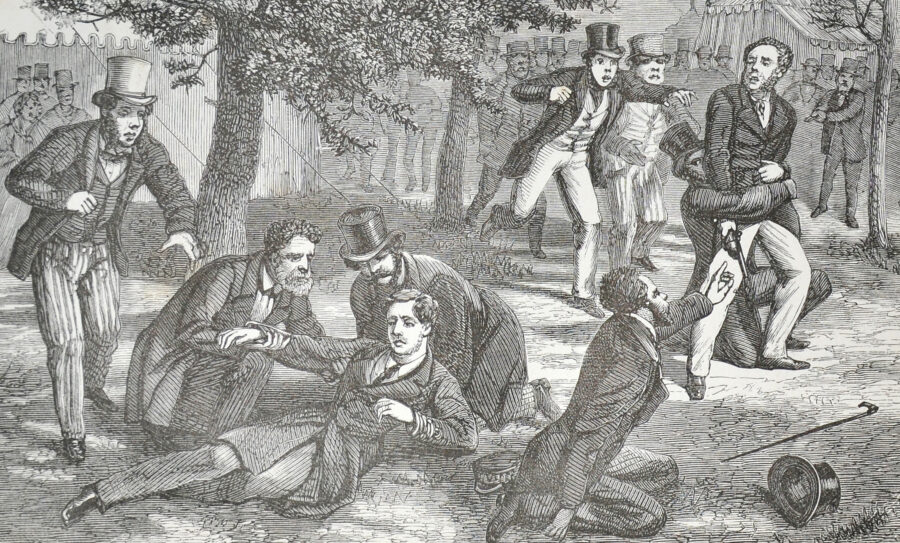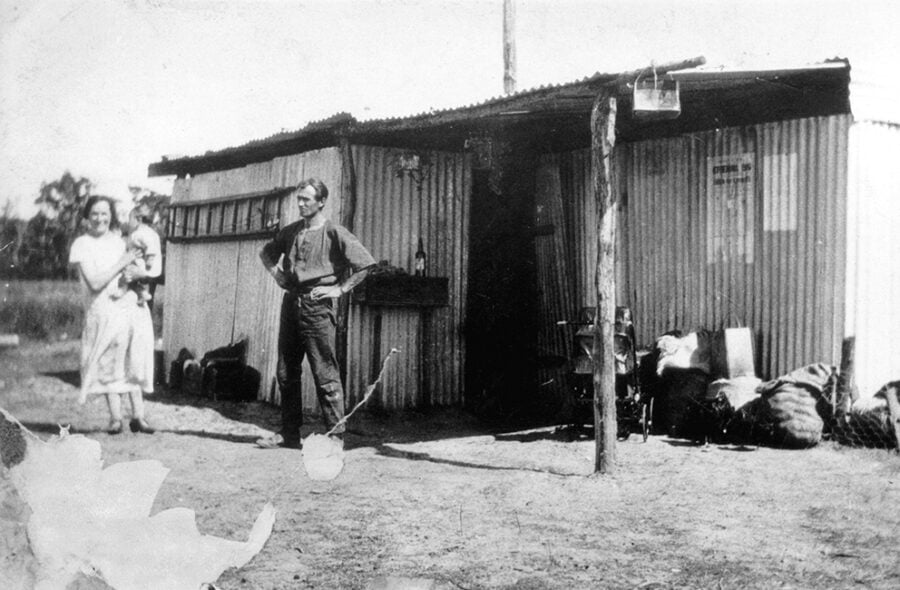Defining Moments in Australian History: The wheat that changed Australia

Wheat was one of the first crops planted by colonists in Australia, in 1788. Although initial harvests were poor, the grain soon became Australia’s most important crop.
But harvests began to decline in the second half of the 19th century due to the devastating wheat disease known as black stem rust.
Late in the century, English agronomist and plant breeder William Farrer experimented with crossbreeding wheat to produce the first specifically Australian variety that was both rust- and drought-resistant. He called it Federation wheat.
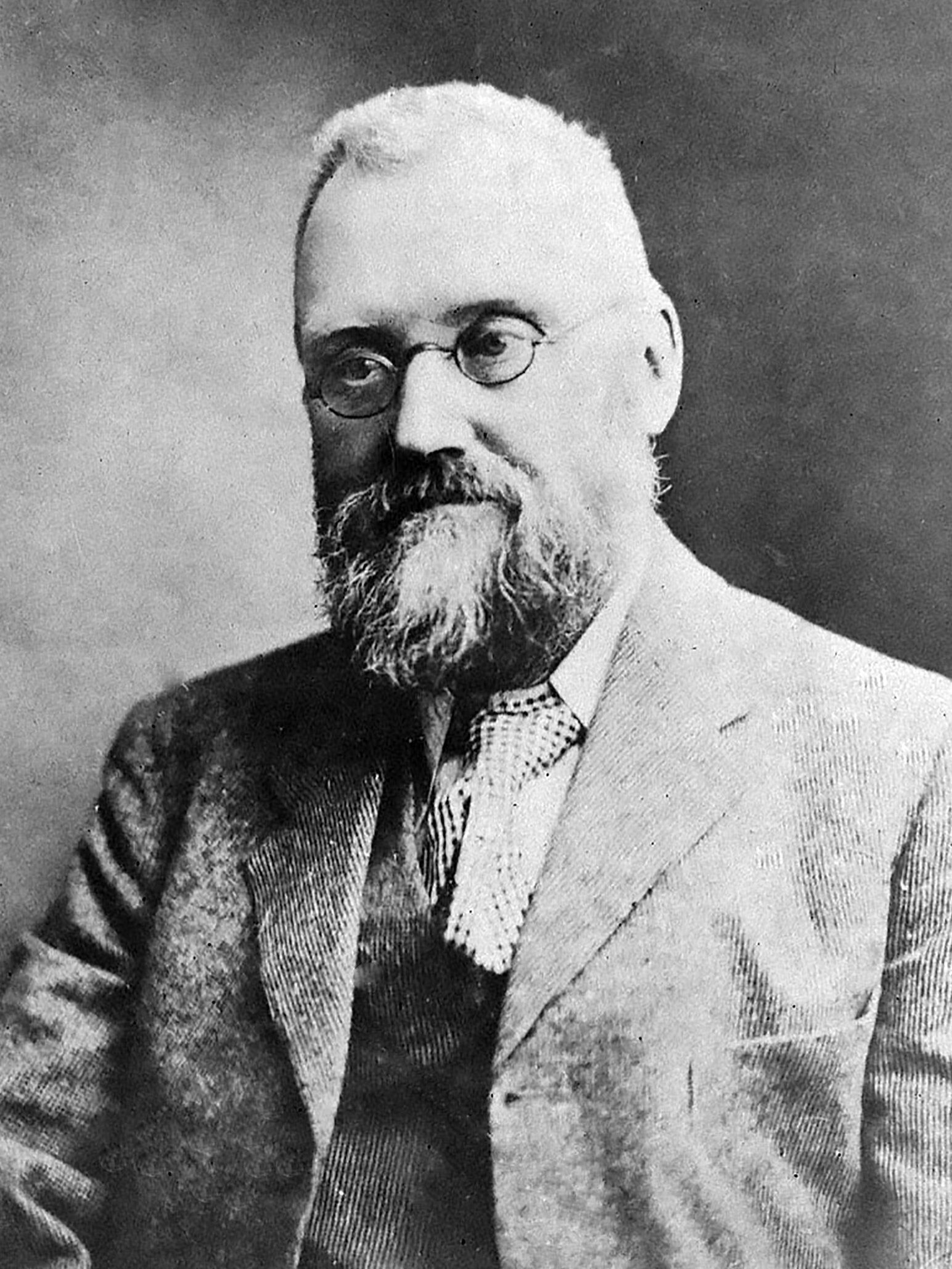
“In a new country like this,” Farrer wrote, “where the climate is so widely different… the traditional practices of the old country have to be unlearnt, in addition to entirely new ones learnt.”
Australia’s first wheat was sown in Sydney soon after the First Fleet arrived. Colonists had brought different grain varieties, and a small 9-acre farm was established at Farm Cove on the site of the current Royal Botanic Garden to raise and experiment with various crops. The climate, soils and seasons were so unlike those of the wheat’s native land that early harvests were very poor.
Convict James Ruse was one of the few experienced farmers on the First Fleet. In July 1789 he claimed he’d served his seven-year sentence and asked Governor Arthur Phillip for his freedom and a land grant.
Ruse was allowed to farm a smallholding near Parramatta and, with productive harvests over the next two years, proved wheat could be a successful crop in the new colony. Phillip granted him title to the land, making Ruse the first freed convict to receive title to land in New South Wales.
As new agricultural areas opened across Australia, wheat became our primary crop and eventually an export commodity. Shipments to England began in 1845, and by 1870 exports were regular. But from 1840 to 1860 stem rust forced farmers to move farther inland to drier, hotter conditions that were less suitable for European-derived wheats.
Grain productivity gradually decreased. In 1889 a severe rust epidemic cost the wheat industry up to £3 million (more than $500 million today) in lost production, and grain millers in the colonies had to import wheat. Colonial governments recognised the need for coordinated action, and from 1890 held annual, national conferences to address how best to fight the disease.
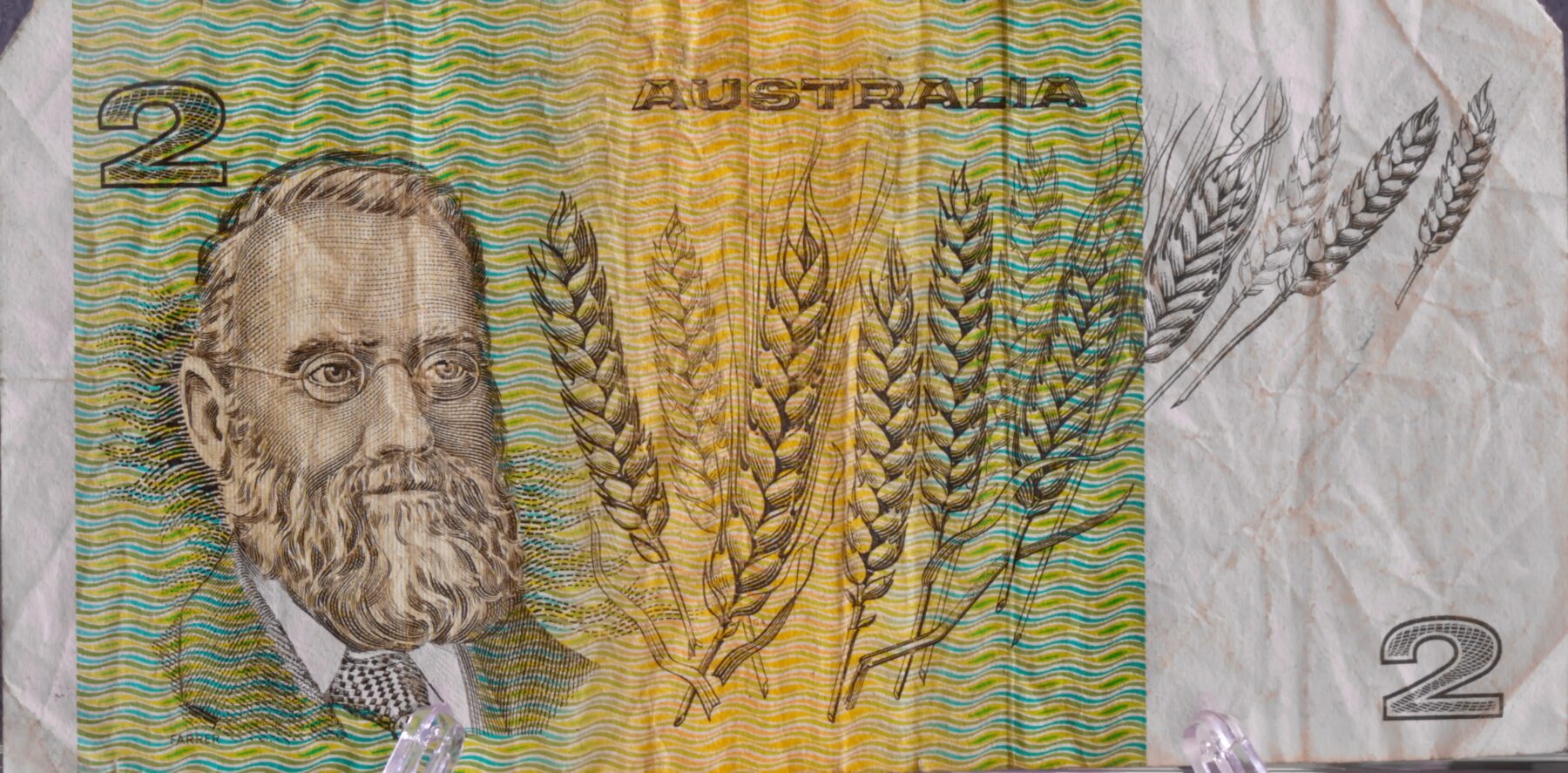
William Farrer, born in 1845 in Westmorland, northern England, received a scholarship to Cambridge University and gained a Bachelor of Arts in 1868. He began studying medicine but was unable to finish the degree after contracting tuberculosis. At 25 he migrated to Australia hoping the climate would benefit his health. He began working as a tutor at George Campbell’s sheep station, Duntroon, in what is now Canberra.
He soon developed an interest in agricultural science, and his focus turned to issues of wheat-growing in Australia. Farrer came to believe farmers’ difficulties were rooted in the unsuitability of European-derived wheats to the Australian climate. He had hoped to buy pastoral land but, lacking funds, instead qualified as a surveyor and in 1875 began work for the NSW Department of Lands.
In the early 1880s Farrer began selecting seed from superior wheat specimens around the colonies and planted them in small, carefully delineated plots on his father-in-law’s property at Cuppacumbalong, NSW, also near present-day Canberra. He was aiming to find the most suitable species for the Australian climate and soon extended his experiments to include overseas varieties.
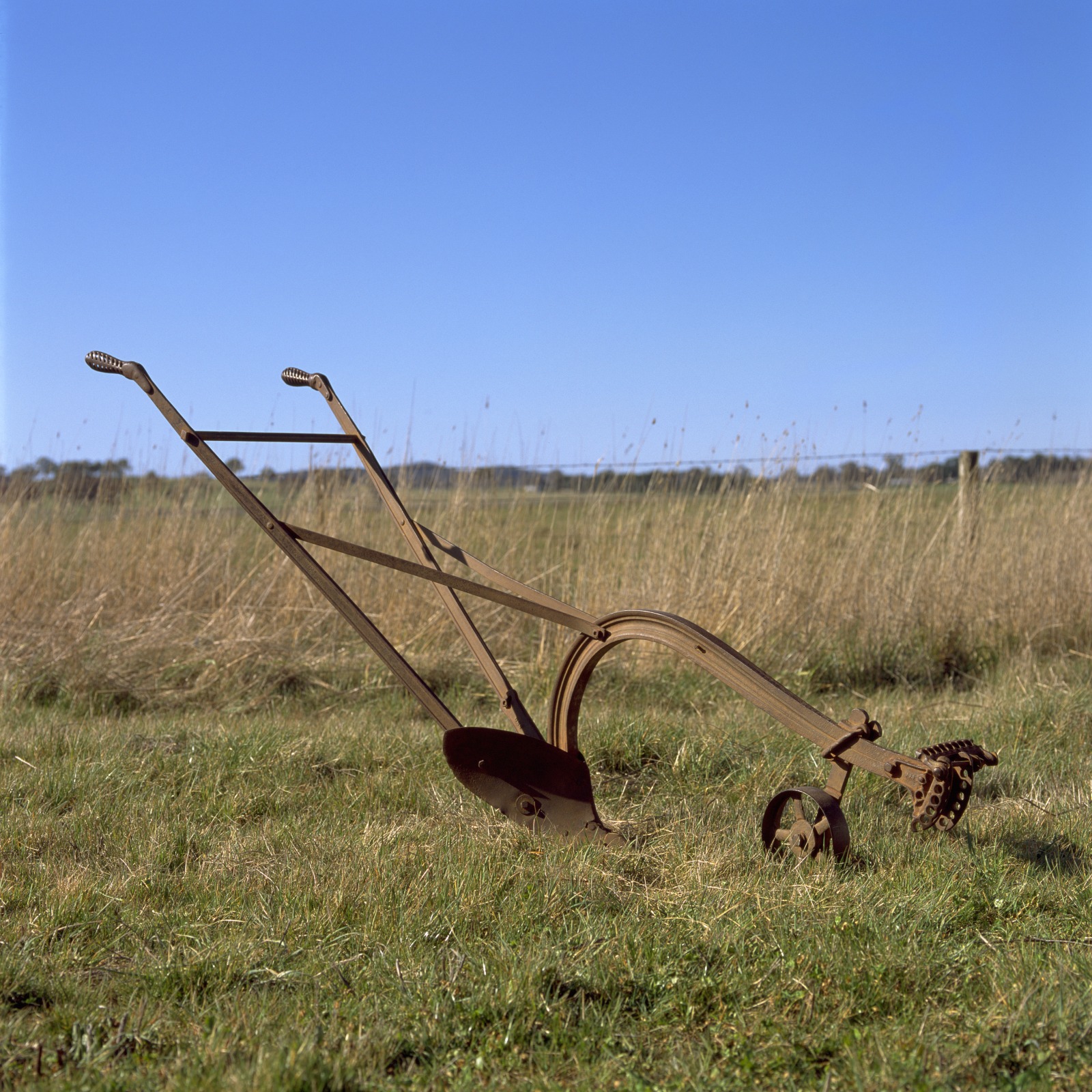
In 1886 Farrer bought nearby Lambrigg Station and, in some of the world’s first plant hybridisation experiments, began crossbreeding the different wheats he’d identified. Disastrous wheat crops in 1889 and 1890 brought Farrer’s work to the fore, and he made visits to wheat-rust conferences around the country to discuss his findings. Unlike his contemporaries, Farrer sought to produce a wheat that was not only rust-resistant but also better for milling and baking.
In 1898, he was appointed as a wheat experimentalist with the NSW Department of Agriculture and worked with government chemist F.B. Guthrie, who made miniature flour mills and bakehouses available to him. Farrer could now mill and bake small quantities of many types of hybrid grain and select the strongest, based on evidence.
He came to believe that Indian wheat, which escaped rust because of its early maturity, could be the basis for a more disease-resistant plant. Meanwhile, Farrer and Guthrie confirmed that Canadian Fife wheat was unmatched in milling performance but vulnerable to rust due to its late-season maturity. The answer seemed to lie in hybridising the two, resulting in new strains such as Yandilla and Comeback.
Farmers began to adopt Farrer’s new wheats, but the key breakthrough came when he combined Yandilla with the high-producing, European-derived Purple Straw variety to create a rust-resistant, high-yielding, strong-stemmed plant. Farrer named it ‘Federation’ in honour of the union of Australia’s colonies in 1901.
Distribution of Federation wheat began in 1903, and the wheat industry quickly recognised its potential to transform Australian agriculture. Thanks largely to Farrer’s vision and efforts, wheat remains Australia’s most valuable crop today.
‘The wheat that changed Australia’ forms part of the National Museum of Australia’s Defining Moments in Australian History project.
